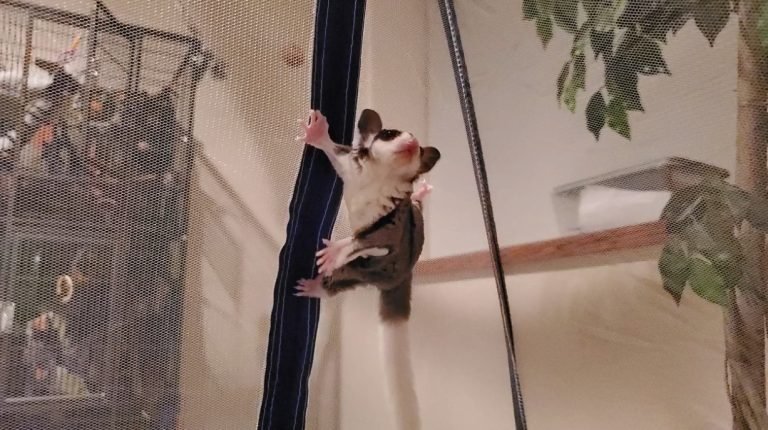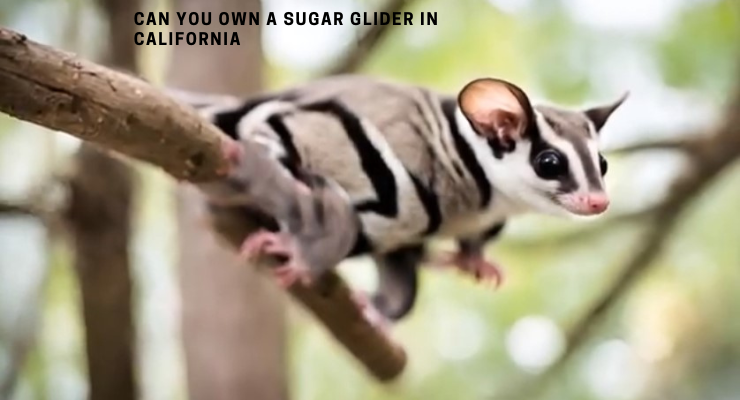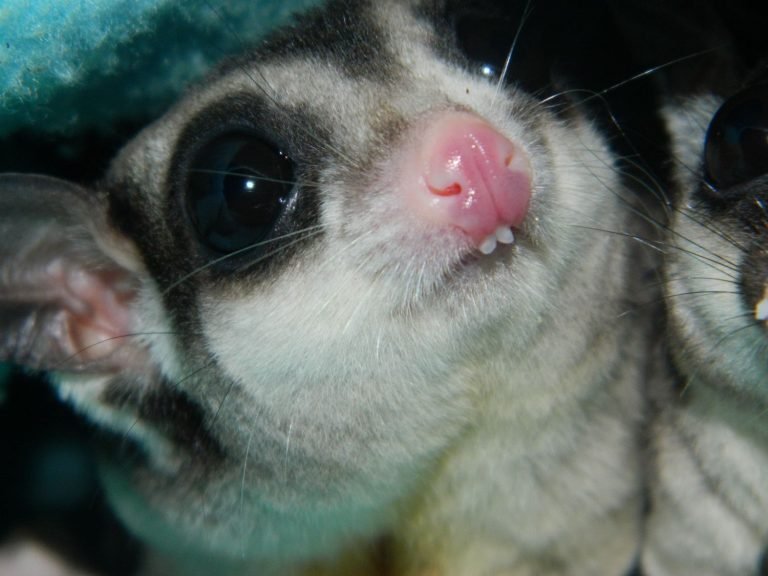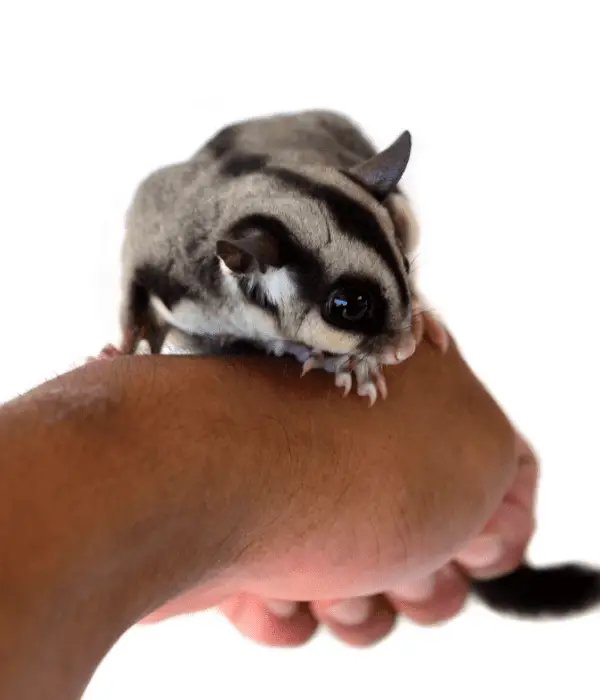What Is A Group Of Sugar Gliders Called
What is a group of sugar gliders called?
A group of sugar gliders, those adorable little marsupials native to Australia, is called a colony. These nocturnal creatures are known for their acrobatic abilities and their ability to glide through the trees. They are social animals and are often found living in groups of various sizes in the wild. In this article, we will explore the fascinating world of sugar glider colonies and learn more about their behavior, social structures, and how they operate within their groups.
The Structure of a Sugar Glider Colony
Sugar gliders are highly social animals and form complex communities within their colonies. A typical colony consists of a dominant breeding pair, their offspring, and other related individuals. The dominant male and female are the alpha pair and they are responsible for leading and defending the colony.
Within the colony, there is a strict hierarchy in which each member has a defined role. The alpha pair is at the top of the hierarchy, followed by subordinate adults, and then the young. Each member of the group has specific responsibilities such as guarding the nest, foraging for food, or caring for the young.

Behavior Patterns within a Sugar Glider Colony
Sugar gliders have unique behaviors that allow them to communicate and interact with each other effectively. One of their most distinct behaviors is called “crabbing.” When feeling threatened, sugar gliders will emit a loud, crab-like vocalization as a warning to potential predators. This vocalization not only alerts other members of the colony but also acts as a deterrent to scare off the threat.
Another interesting behavior is “scent marking.” Sugar gliders have scent glands on their chests and heads, which they use to mark their territory. They rub their scent onto objects or surfaces to communicate their presence and ownership. This behavior helps maintain group cohesion and prevents conflicts over resources.
Roles Within a Sugar Glider Colony
As mentioned earlier, each member of a sugar glider colony has a role to play. Let’s take a closer look at these roles:
1. Alpha Pair: The dominant male and female are responsible for leading and protecting the colony. They are also the only breeding pair within the group.
2. Subordinate Adults: These adults assist the alpha pair in various tasks such as defending the colony, foraging for food, and caring for the young.
3. Young: Sugar gliders have a communal breeding system, meaning that multiple females within the group can breed and give birth. The young sugar gliders learn important skills and behaviors from their parents and other adult members of the colony.
Communication within a Sugar Glider Colony
Communication is vital for a sugar glider colony to function effectively. They use a variety of methods to communicate with each other, including vocalizations, body language, and scent marking. Some common communication behaviors include:
1. Vocalizations: Sugar gliders produce a range of sounds, from soft hissing and chirping to loud crabbing noises. These vocalizations help them convey information about their intentions, emotions, and potential threats.
2. Body Language: Sugar gliders use their bodies to communicate as well. For example, they may raise their tails, spread their body membranes (patagium), or change their body posture to signal aggression, submission, or readiness to breed.
3. Scent Marking: Sugar gliders mark their territory with their unique scent, ensuring that other gliders understand boundaries and ownership. This helps reduce conflict within the colony and establishes order.
Factors Affecting the Size of a Sugar Glider Colony
The size of a sugar glider colony can vary depending on several factors, including:
1. Resource Availability: Sugar gliders need sufficient food and suitable habitats to sustain a colony. If resources are scarce, the colony size may decrease as competition increases.
2. Predation Risk: Predators pose a threat to sugar gliders, especially when they venture outside their nest. Increased predation risk can lead to smaller colony sizes as gliders may choose to be solitary or form smaller groups for safety.
3. Breeding Success: The reproductive success of the alpha pair also affects the colony size. If the breeding pair produces many offspring, the colony can grow larger.
Frequently Asked Questions
Q: How many sugar gliders are in a colony?
A: The number of sugar gliders in a colony can range from just a few individuals up to 30 or more. It depends on factors such as available resources and predation risk.
Q: Do sugar gliders mate for life?
A: Sugar gliders do not mate for life. They have a communal breeding system, meaning that multiple females within the colony can breed with the dominant male.
Q: Can sugar gliders live alone?
A: While sugar gliders are social animals, they can live alone if necessary. However, it is generally recommended to keep them in pairs or small groups for companionship and social interaction.
Q: Can sugar gliders bond with humans?
A: Yes, sugar gliders can form bonds with humans if they are handled and socialized from a young age. Building trust and providing proper care and enrichment is essential for a successful human-sugar glider relationship.
Final Thoughts
Understanding the dynamics of a sugar glider colony can provide a glimpse into the fascinating world of these small marsupials. From their complex social structures to their unique communication methods, sugar gliders exhibit remarkable behaviors that contribute to their survival and success as a species. By learning more about these incredible creatures, we can appreciate and respect the natural wonders that exist in our world.







